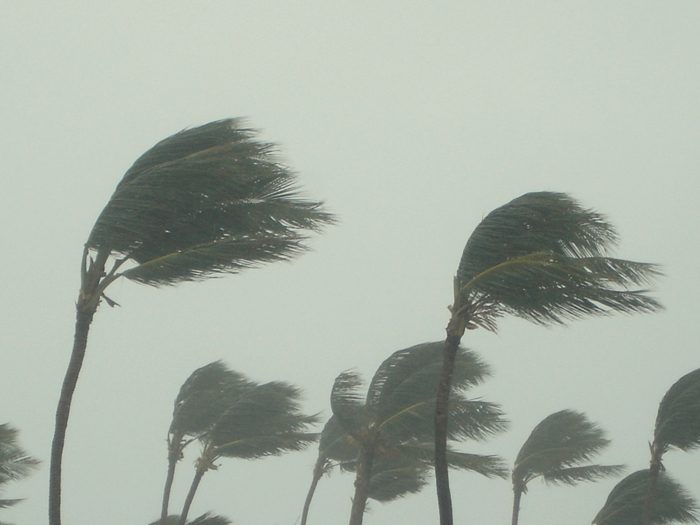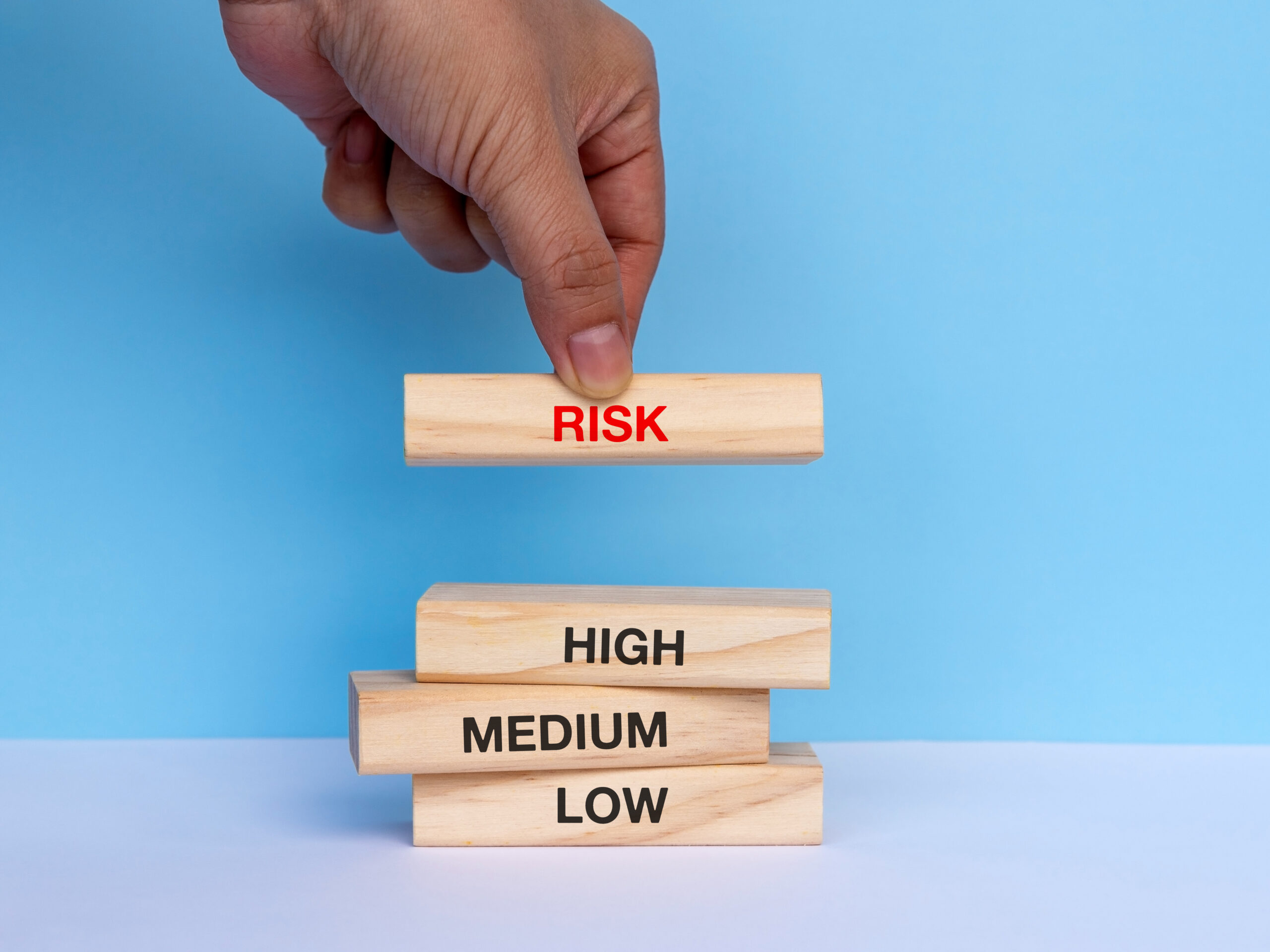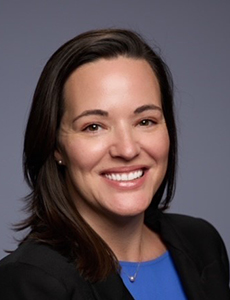Hurricane Ida and Business Interruption Claims. Know This, The COVID Variant Will Only Magnify Delays and Increase Losses

On the 16th anniversary of Hurricane Katrina, the state of Louisiana faced off against a similarly fearsome enemy as Hurricane Ida made landfall on August 29 as a CAT 4.
With wind speeds up to 150 mph, Ida was the 5th strongest storm to ever make its way to the U.S.
Now, almost one million Louisiana residents are without power and are likely to remain without it for weeks. Those who evacuated prior to the storm are urged to not return for the time being. Search and rescue efforts are ongoing.
Louisiana wasn’t the only state to see massive, storm related damages. At least 43 people in New York, New Jersey, Pennsylvania and Connecticut are due to storm flooding and tornado touchdowns. There is also widespread damage to infrastructure.
As we continue to see the effects of Ida, here are the largest implications for insurance and risk management professionals and what they can expect moving forward.
Ida’s Initial Impact
Though Ida was classified as one of the strongest storms to make landfall, Louisiana’s preparation for a highly destructive hurricane was beneficial.
After Hurricane Katrina in 2005, many of Louisiana’s protective infrastructure measures, such as bolstered levees, proved to be effective defenses against Ida. A report from Guy Carpenter concluded from initial data that catastrophic flooding from Ida is significantly lower than Katrina’s flooding.
However, flooding damage to residences and businesses in outlying areas are more extensive.
In turn, wind damage from the storm appears to be the most extensive. It’s important to note that the effects of wind damage are easier to identify in the early days after the storm, but damage from flooding may take longer to assess.
“Some clients may have wind damage to their buildings, but it’s unknown to the extent of any water damage that may have penetrated the building,” said Martha Bane, managing director, property practice Gallagher.
“Mold can become a massive issue, especially in an area that has warmer climate this time of year.”
She added, “The damage from flooding could easily surpass the damage from wind, especially as the storm moved through the north mid-Atlantic region.”
Power Outages and Business Interruption Claims
While the storm has moved on, Louisiana will not be rid of its effects for quite some time. As mentioned before, one million state residents have been left without power, a reality that will be the norm for the coming weeks.
Extended power outages are bound to expand the volume and cost of business interruption claims, a concern on the minds of many clients, Bane said.
“Our clients are worried about the business interruption aspect with the power being out and expected to be out for at least the next two to four weeks in some places, however I believe the power is back in some areas. There’s been no real guidance on when power could come back to the greater area, so we do expect business interruption claims to be filed,” she noted.
Both the energy and utility sectors are expected to experience severe interruption in the coming weeks, the Guy Carpenter report found. Because of the delay in restoring power, business interruption claims and losses from wind and flood damage are likely to be extended.
A lack of resources is also impacting efforts to restore power to the area, especially in terms of securing an alternative power supply.
“Most generators would go to critical facilities such as hospitals, so we’re seeing a large pool of people looking for those same resources right now,” Bane said.
The Aftermath of Ida and a COVID Surge
As the entire U.S. battles another COVID surge produced by the highly transmissible Delta variant, Louisiana is feeling the effects of the pandemic on storm relief efforts.
While many have experienced material and service delays brought on by COVID, this delay is expected to significantly increase as many need storm-induced repairs.
“With respect to COVID and property insurance, there was already an increase in the cost of materials and labor created by COVID,” said Bane.
“There was an increase in cost of resources and labor, due to COVID, so an event like Ida will produce demand surge and some constraints on labor and materials.”
Delays and cost increases for repair and rebuild measures are expected after a major event like Ida, but the pandemic has produced another layer that will make resuming to any type of normalcy that more difficult.
Building an Effective Response
Of course, there are measures to dilute the effects of a hurricane making landfall, but the aftermath is what proves to be challenging.
Technological capabilities have obviously evolved since Hurricane Katrina, which has been significantly helpful in relief efforts. Insurers are able to gauge and estimate storm damages in real time, allowing prioritization of those most impacted to be much more effective.
In terms of a post-Ida environment, those impacted simply want to return to normal. Bane stressed that constructing and implementing a response prior is critical in events like this.
“Having a robust response in advance prior to events like this really helps mitigate loss, having those contracts in place with loss remediation companies in advance can really get you back up and running faster than others,” she said.
Some time will pass before insurers fully understand the extent of Ida’s destruction. For now, power restoration and the beginnings of repairs are at the forefront of everyone’s minds. &












